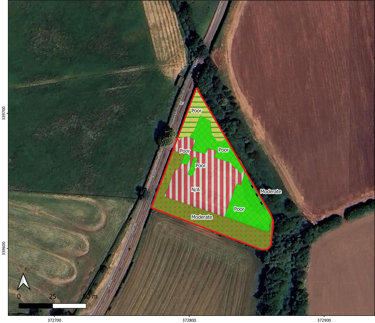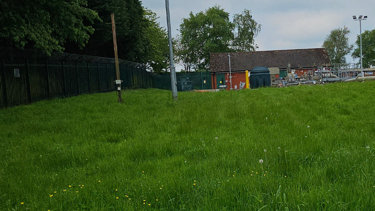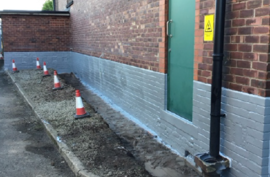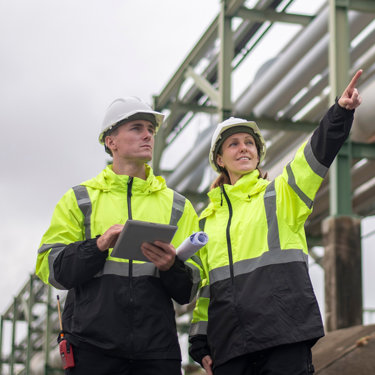Conducting biodiversity net gain feasibility assessments at 6 UK sites for the British Pipeline Agency
Published: 4 February 2025
Project overview
We were engaged by the British Pipeline Agency to conduct biodiversity net gain (BNG) feasibility assessments across six individual sites in the UK to calculate the value of on-site habitats to support proposed development plans for each site.
The project required on-site evaluations, with data being meticulously recorded and amalgamated into detailed reports for each location.

These assessments called for expertise in botanical species identification, up-to-date knowledge of biodiversity net gain principles, and advanced habitat management planning. Without these competencies, the surveys would not have accurately reflected the state of the habitats or yielded valid results.
The solution
To meet the project’s demands, our ecologists collaborated closely with the client to schedule surveys during optimal seasonal windows. By adhering to the agreed timeframe, we succeeded in the timely and comprehensive delivery of the six surveys. Our proficiency, knowledge, and dedication were key to the success of the project.
Each site report included:
- Flora species inventories: Detailed lists of botanical species present at each site.
- Condition assessments: Evaluations of the current state of each habitat.
- Habitat management recommendations: Tailored strategies to improve biodiversity.
Using QGIS mapping software, we produced baseline habitat maps and projected maps for proposed enhancements based on management recommendations. The biodiversity net gain template file and statutory metric calculation tool were integral in quantifying baseline and projected biodiversity net gain unit scores.
Outcome and results
Our ecologists maintained open and frequent communication with the client throughout the project. This included an introductory presentation to senior management at the British Pipeline Agency, where we outlined the principles of biodiversity net gain and set the stage for effective collaboration.

From the image above, you can see that most areas were assessed as being in poor condition. This could be because of invasive plant species, low floristic diversity, or short sward height. We made recommendations to improve these habitats by appropriate management or reducing mowing regimes.
We received positive feedback from the client, who commended our knowledge and professionalism from the outset and throughout. They were also pleased with the reports, and a request was made following project delivery to compile the data elements of each site into one summary report.
More from our Knowledge Hub
 Insights
InsightsMitigating climate change risks through planned preventive maintenance
 Insights
InsightsProtective coatings: Safeguarding infrastructure against climate change
 Insights
InsightsDelivering the Water (Special Measures) Act: Supporting compliance and innovation
 Insights
InsightsA guide to navigating climate change regulations for UK businesses
Environmental compliance today, creating a sustainable tomorrow
Helping you reduce risk to the environment and your operation by managing assets compliantly while achieving commercial, ESG, and net-zero goals.
Contact our experts

